

Palazzo Florenzi (early 17th century)
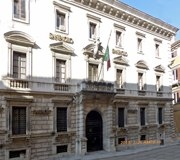
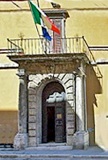
This palace in Via Baglioni belonged to the Florenzi family, who who were given the title of “Marchese” by Pope Pius VI in 1775. The lovely reliefs on the portal of this palace, which depict branches with flowers, allude to the name of the family.
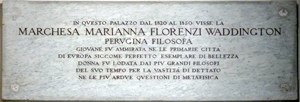
An inscription in the atrium (pass through the inner doors and look to the left) celebrates the lovely Marianna Florenzi Waddington (1802-70), who lived here in the period 1820-50. This acclaimed philosopher, who had been one of the first female students at the University of Perugia, moved here on her marriage to Marchese Ettore Florenzi. He died in 1833.
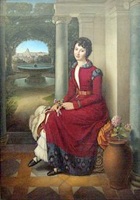
In 1836, Marianna married an Englishman, Evelyn Waddington, who received citizenship of Perugia in 1838 and served as its mayor in 1868-70. The couple moved to a new palace (below): this one passed to her son, Ludovico Florenzi.
Palazzo Danzetta Florenzi (17th century)
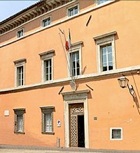
Via Thorrena Inscription (early 1st century AD)
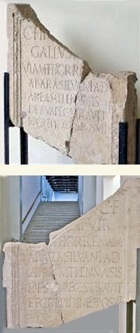
C[aius] Fir[mius] Gallus
[duo]vir, viam Thorrenam
ab ara Silvani ad
aream Tlennasis
de sua pec[unia] stravit
et crepidines posuit
This records that the duovir, Caius Firmius Gallus built and paved, at his own expense, a road called Via Thorrena:
-
✴from the altar of Silvanus, the Roman god of forests;
-
✴to the "aream Tlennasis", which the museum suggests was an area sacred to an Etruscan god of the underworld that was perhaps located in a necropolis.
It is possible that the road that has been excavated in the archeological area under Piazza Cavallotti formed part of Via Thorrena. The change of the magistracy of Perugia from quattuorviri to duoviri probably occurred during the reconstruction after the Perusine War (40 BC).
Return to Monuments of Perugia.
Return to: Walk II (Palazzo Danzetta Florenzi) or
Walk IV (Palazzo Florenzi).

